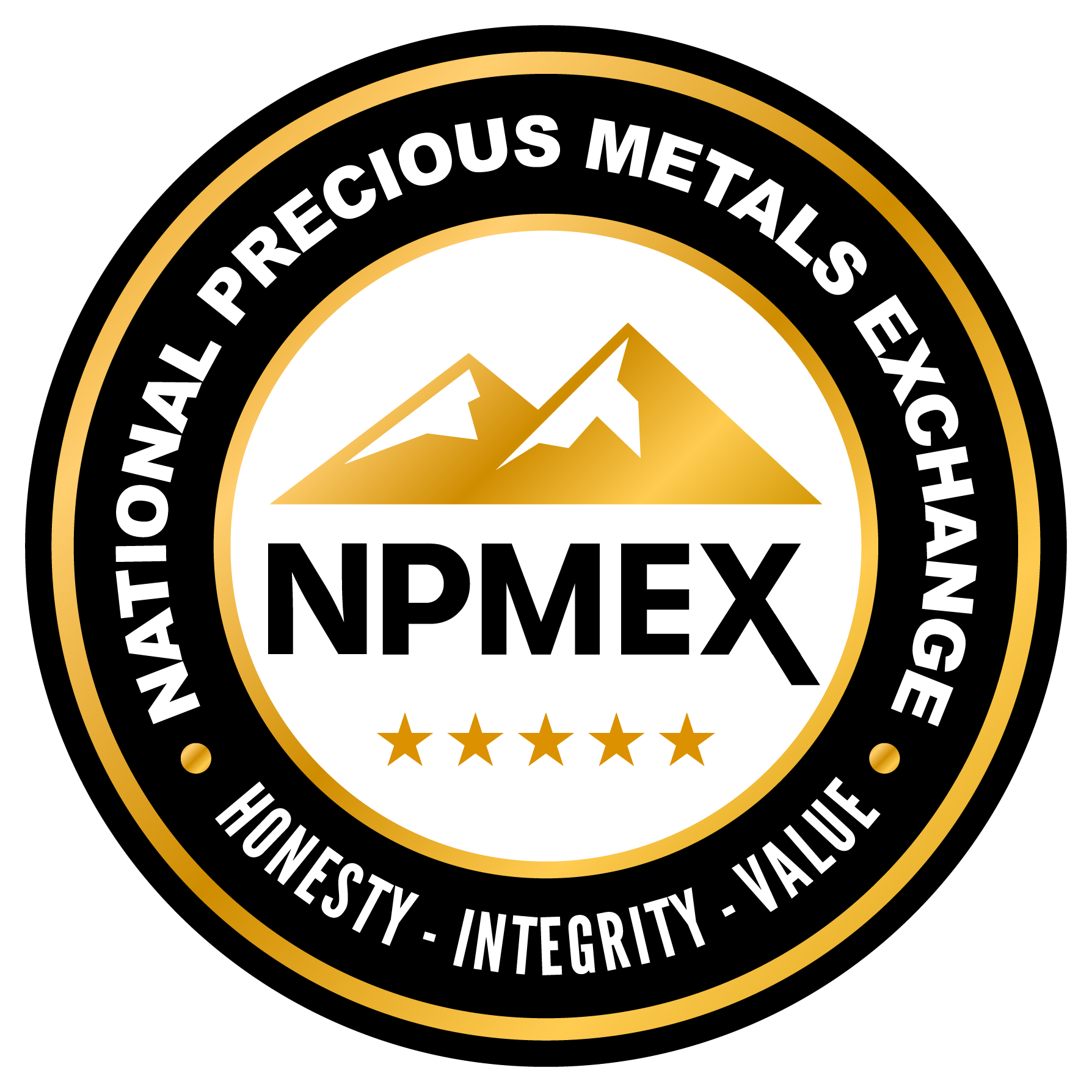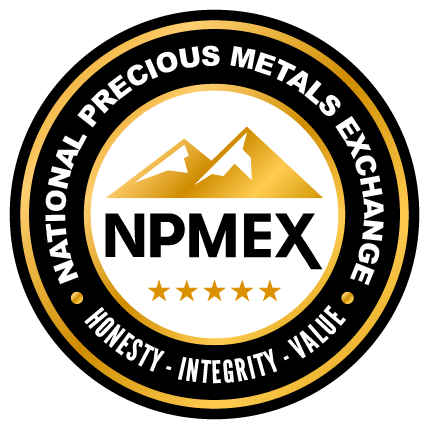-
1899 $2 Silver Certificate Note (Cull)
Read morePrice:
-
1923 $1.00 Silver Certificate Fine (Fr#238)
Read morePrice: $50.00
-
1935-A $1.00 Brown Seal Hawaii VG (Fr#2300)
Read morePrice: $35.00
-
1935-A $1.00 Silver Certificate CU (Fr#1608)
Read morePrice: $20.00
-
1935-D $1.00 Silver Certificate VG/F (Fr#1613)
Read morePrice: $4.00
-
1935-F $1.00 Silver Certificate CCU (Fr#1615)
Read morePrice: $10.00
-
1935-G $1.00 Silver Certificate No Motto VF (Fr#1616)
Read morePrice: $4.00
-
1935’s $1.00 Silver Certificates Culls
Read morePrice: $2.50
-
1957 $1.00 Silver Certificate (Culls)
Read morePrice: $3.50
-
1957 $1.00 Silver Certificate VG
Read morePrice: $3.50
-
1957 $1.00 Silver Certificate VG/VF
Read morePrice: $4.00
-
1957-A $1.00 Silver Certificate CU (Fr#1620)
Read morePrice: $14.00
Genuine Collectors’ US Silver Certificate
The Silver Certificate dollar bill is one of the most significant and easily forgotten parts of a time in American history because it isn’t talked about much. The certificates were considered a sort of legal tender similar to silver coins issued by the federal government back then. When these certificates were issued (in the 1800s), the holder could get a certain amount of silver for it stipulated by the silver purchase act. In a way, it allowed the bill holder to possess silver without holding the metal itself.
While the certificates don’t carry monetary value in modern-day America, it is still one of the hottest collectors’ items out there. Many collectors seek these prints mainly because they are a major part of American history that dates back to the 1860s, right up till the 1930s. The sliver certificate is thought to be instrumental in ushering in a new monetary structure in America, a big part of which exists to this day.
A Large Selection of Silver Certificate Denominations
At NPMEX, we have a selection of both large-size silver certificates and small certificates. We have certificates originally issued in 1878, right down to the ones produced in 1923. Some of these used to measure seven inches long and were three inches wide. The value of these would range from $1 to $1000. Though designs and the depiction of former presidents varied, a few first ladies also made an appearance on them, along with founding fathers and vice presidents.
While the banknotes were later redesigned in 1928, the silver certificates were still issued until 1964 and were the same size as current-day banknotes. All silver certificate dollar bills regardless, of size, had a portrait of George Washington, Alexander Hamilton, or Abraham Lincoln similar to paper currency.
How Do Silver Certificates Hold Value Today?
Today, the value of a silver dollar certificate isn’t based on how much silver the holder can get for it but instead contingent on its year of issue and condition. However, it is still considered legal tender, but not like paper money though it means you can exchange them for a Federal Reserve note.
Most people who buy these silver certificates aren’t doing it to exchange them. Instead, the real value of these silver certificates is in their collectability. In other words, these are collectors’ items, which often means collectors are willing to pay exponentially more than their face value, depending on numerous factors like its rarity. Common silver certificates on the other hand are of lower value compared to ones that are rare.
What Adds Value To Silver Dollars’ Certificate?
As we mentioned earlier, the value is based on multiple variables. The most prominent determinant of its value is the certificate’s grading.
Here are a few factors that determine a silver dollar certificate’s value:
Grade – The most significant determent of the bill’s value is its grade. Most silver certificates usually receive a grade somewhere on what’s called a Sheldon numerical scale. The scale starts at 70, which represents “mint condition.” The condition can be good, very good, extremely fine, very fine, fine, and even uncirculated.
Features – Apart from the grade, a few additional features on these silver certificates increase their collector’s value. Ones with a star in the serial or some type of error on the face of it tend to increase their value compared to one without errors or features of the same year. However, speaking of star notes, these are very common for ones dating back to 1957, which is why these don’t hold as much value. Some errors that increase value include inking mistakes, folding, and cutting issues. Furthermore, interesting serial numbers can also increase their value. For instance, United States Silver Certificates with a serial with a 2 for every digit is more valuable than any random combination.
Years With the Most Collectors’ Value
Most common certificates were issued from 1935 right up to 1957. The design is identical to a dollar bill with George Washington on its face. The difference is the text under the portrait of George Washington, stating the tender value at a dollar that’s payable in silver to the person with the certificate. Certificates like these will fetch a bit more than their face value, usually between $2 to $5.
Back in 1896, these first silver certificates had a unique design. The face has a woman that’s instructing a boy aka educational certificates. The ask for these types of bills is upwards of $500, if it is in good condition, with the so-called “very choice uncirculated note 64” commanding $4k and more.
Another popular certificate is the 1899 print. It is referred to as the Black Eagle because of the obvious eagle on it. Below the eagle is the portrait of Ulysses Grantelow and Abraham Lincoln. The going price for these $1 certificates is around $200, while one in the so-called “gem uncirculated premium” condition fetches upwards of $900.
Later in 1928, the US treasury issued six varying types of silver certificates, with 640 million notes. That’s why the 1928, then the 1928A, and the 1928B are some of the most common. The 1928C, D, and E are very rare, especially to find them in fine condition. In fine condition, they can fetch upwards of $125. The certificates with a star in the serial fetch upwards of $4000.
Get In Touch With Us
If you are searching for silver certificates or would like to sell one of your own, please contact us. We are always on the lookout for rare and valuable certificates.
In addition, we continue to have a growing selection of valuable and rare US Silver Certificates available at highly competitive prices.
We also have silver coins and silver bullion both rare and popular types you can find here.















